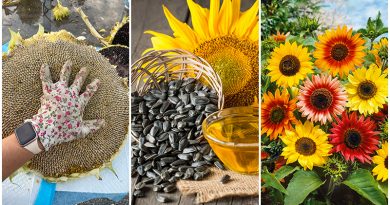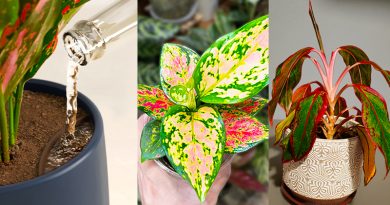Common Cornflowers Problems and solutions
Cornflowers, also known as bachelor’s buttons, are generally hardy plants, but like all garden flora, they can encounter some problems.
-
Powdery Mildew:
- Symptoms: White, powdery patches on leaves, stems, and sometimes flowers. Can lead to stunted growth and premature leaf drop.
- Solution:
- Cultural Practices: Ensure good air circulation by proper spacing, pruning excess foliage, and avoiding overcrowding. Water at the base of the plant in the morning to allow foliage to dry quickly.
- Non-chemical: Wash spores off with a strong stream of water. Prune and dispose of infected plant parts. Some homemade sprays like a milk-and-water solution or a baking soda solution can be effective for mild cases.
- Chemical: Horticultural oils, sulfur products, or other fungicides can be used for more severe infections. Apply preventatively or at the earliest signs.
-
Rust:
- Symptoms: Pale areas on upper leaf surfaces, with powdery orange or reddish-brown pustules on the undersides of leaves.
- Solution:
- Cultural Practices: Remove infected leaves promptly. Ensure good air circulation and water at the base of the plant to keep leaves dry.
- Resistant Varieties: Choose rust-resistant cornflower varieties if available.
- Fungicides: Rarely necessary for home gardens. If used, apply early in the season to healthy tissue before infection begins.
-
Leaf Spot:
- Symptoms: Dark lesions or spots on leaves that can enlarge, causing leaves to yellow, brown, and die.
- Solution:
- Cultural Practices: Improve air circulation, water at the base of the plant.
- Pruning: Remove and dispose of infected plant parts.
- Fungicides: Copper fungicides can be used for severe cases, following label instructions carefully.
-
Wilt:
- Symptoms: Plants appear wilted even in the morning, discolored leaf edges, overall decline.
- Solution:
- Cultural Practices: Ensure well-draining soil. Overwatering can lead to root rot which mimics wilt.
- Removal: Severely infected plants should be removed and destroyed to prevent spread as these fungi can persist in the soil.
- Crop Rotation: Practice crop rotation to avoid pathogen buildup in the soil.
19 total views, 1 views today




